Motorbike-restricted areas in Hanoi must be suitable to the infrastructure and service capacity of the public passenger transport system, moving towards stopping motorbikes in districts by 2030.
According to statistics from the Hanoi Department of Transport, there are currently about 8 million vehicles in the city, including nearly 1.5 million cars. The growth rate of personal vehicles in the city is 4.5% per year, cars alone are about 10%, but the growth rate of transport infrastructure is only about 0.28%.
After many efforts in infrastructure investment, the land ratio for transportation in Hanoi has only reached over 12%. Thus, it is still far behind the capital's traffic planning of 16-20%. This leads to traffic volume on the roads exceeding the design threshold.
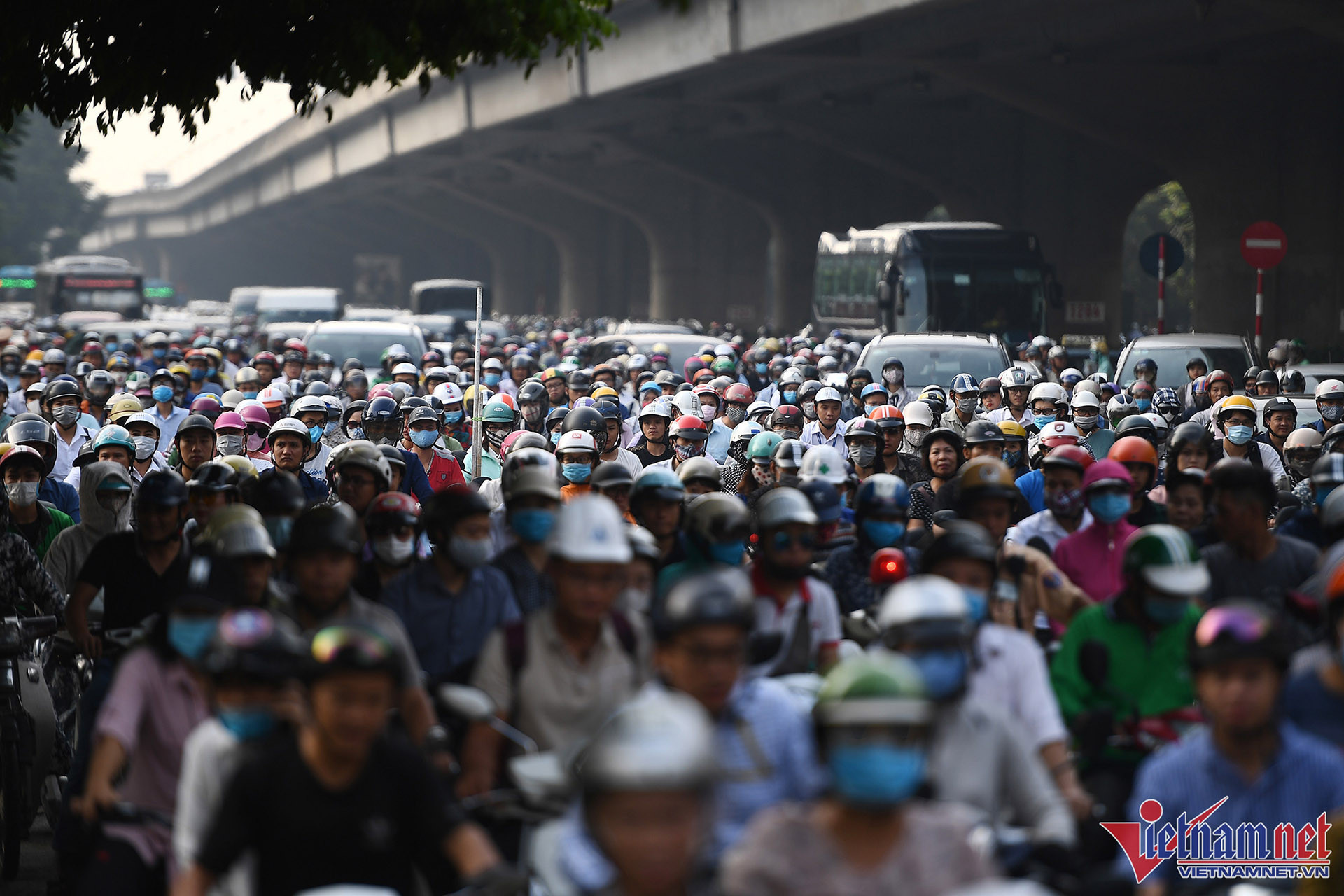
The above shortcomings lead to increasingly serious traffic congestion and air pollution in Hanoi. The Director of the Hanoi Department of Transport said that the city is developing so traffic congestion is an existing problem.
To address the above issues, since 2017, the Hanoi People’s Council has issued a resolution to limit traffic in some areas of congestion and environmental pollution. However, to date, most of the major goals in the resolution have not been implemented, or there is no specific roadmap such as banning motorbikes in districts and charging fees for vehicles entering the inner city.
The Capital Law 2024, passed by the National Assembly in June and effective from January 1, 2025, defines a "low emission zone" (LEZ) as an area designated to restrict polluting vehicles in order to improve air quality.
The City People's Council decides on the scope of low emission zones and measures to be applied in the zones according to a suitable roadmap; stipulates measures to limit the use of vehicles that emit pollutants.
Pilot program to limit polluting vehicles from 2025
In order to concretize the Capital Law 2024, the Hanoi People's Committee is collecting public opinions to complete the draft Resolution stipulating criteria, conditions, order and procedures for determining low-emission zones in the area.
Vehicles (except electric vehicles and priority vehicles) operating in this area must meet strict emission standards. Vehicles that do not meet the standards will be restricted or charged a fee.
Hanoi City has set up 5 zones to restrict polluting vehicles.
Firstly, it is an area with concentrated economic , cultural, social development activities and high population density.
Second, the area is polluted with air due to traffic emissions.
Third, the area has infrastructure that meets low-emission public transport requirements, and has the ability to organize appropriate, convenient, and scientific traffic arrangements.
Fourth is the area eligible for stricter vehicle emissions standards.
The fifth is the area where the government and people agree to build a low emission zone.
According to the draft, districts will base on the above 5 criteria to survey the current situation and collect data on air quality to determine the boundaries of areas where polluting vehicles are restricted.
In the draft, the City People's Committee also clearly stated the measures to be applied in low emission zones. Specifically, zoning to restrict motorbike operations in accordance with the infrastructure and service capacity of the public passenger transport system, towards stopping motorbike operations in the districts by 2030.
Review and identify areas eligible for developing walking spaces associated with scenic areas, conservation areas, and tourism development in districts of the city.
Along with that, Hanoi City aims to complete and implement a policy mechanism to replace old motorbikes that do not ensure traffic safety and emit emissions that do not meet standards into the environment; regulate areas where diesel cars are prohibited; and regulate areas where motorbikes, trucks, and taxis are restricted.
At a dialogue with young people in the capital on October 14, Director of the Department of Natural Resources and Environment of Hanoi Le Thanh Nam said that currently, vehicles consume millions of liters of gasoline every day... "This is one of many causes of air pollution," said Mr. Nam.
To improve the environment in general and the air in particular, Mr. Nam said the city is implementing a number of solutions, including converting to green energy and developing smart cities; developing smart and modern transportation; renovating and building green spaces in the inner city.
"From 2025, the city will pilot a low-emission model in some crowded areas, which are hot spots for air pollution. In these areas, polluting vehicles will be restricted," said Mr. Nam.
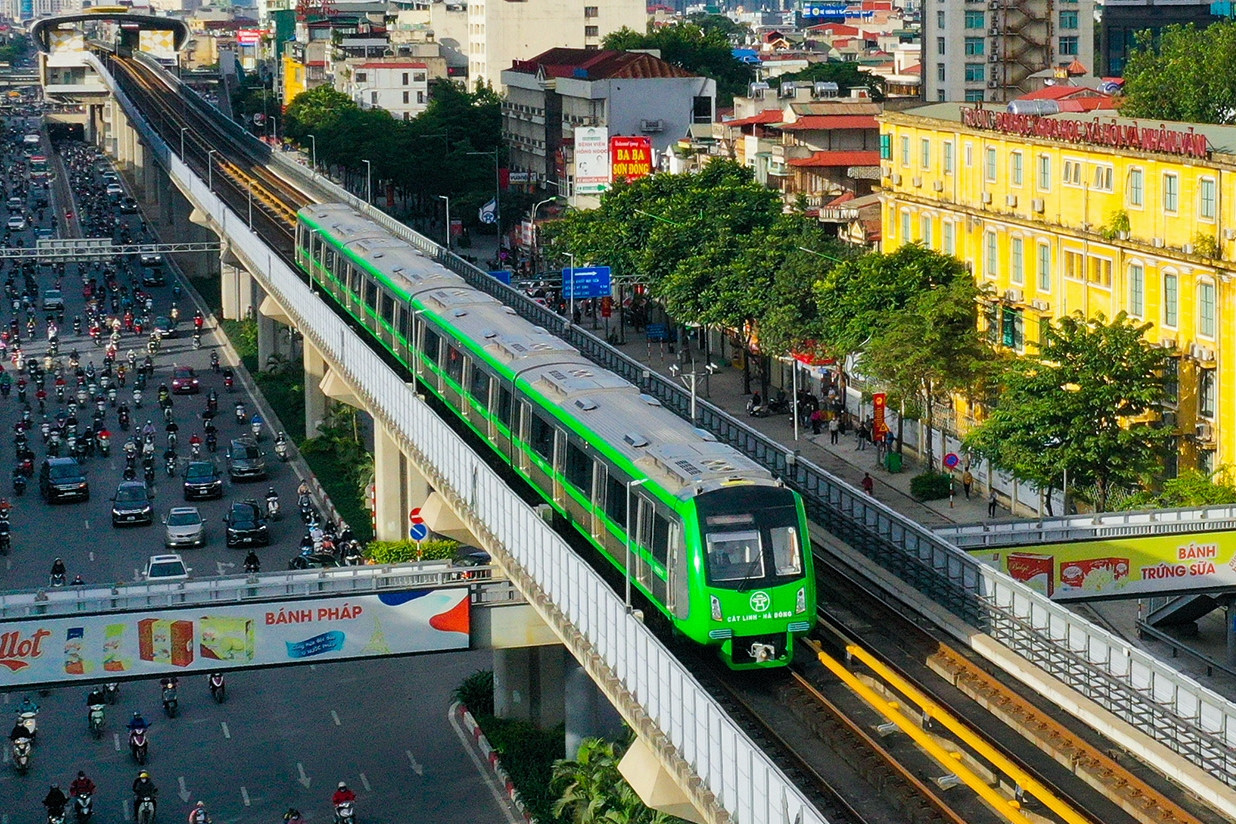
Cat Linh - Ha Dong Metro is less 'lonely' with the Nhon - Hanoi Railway Station line
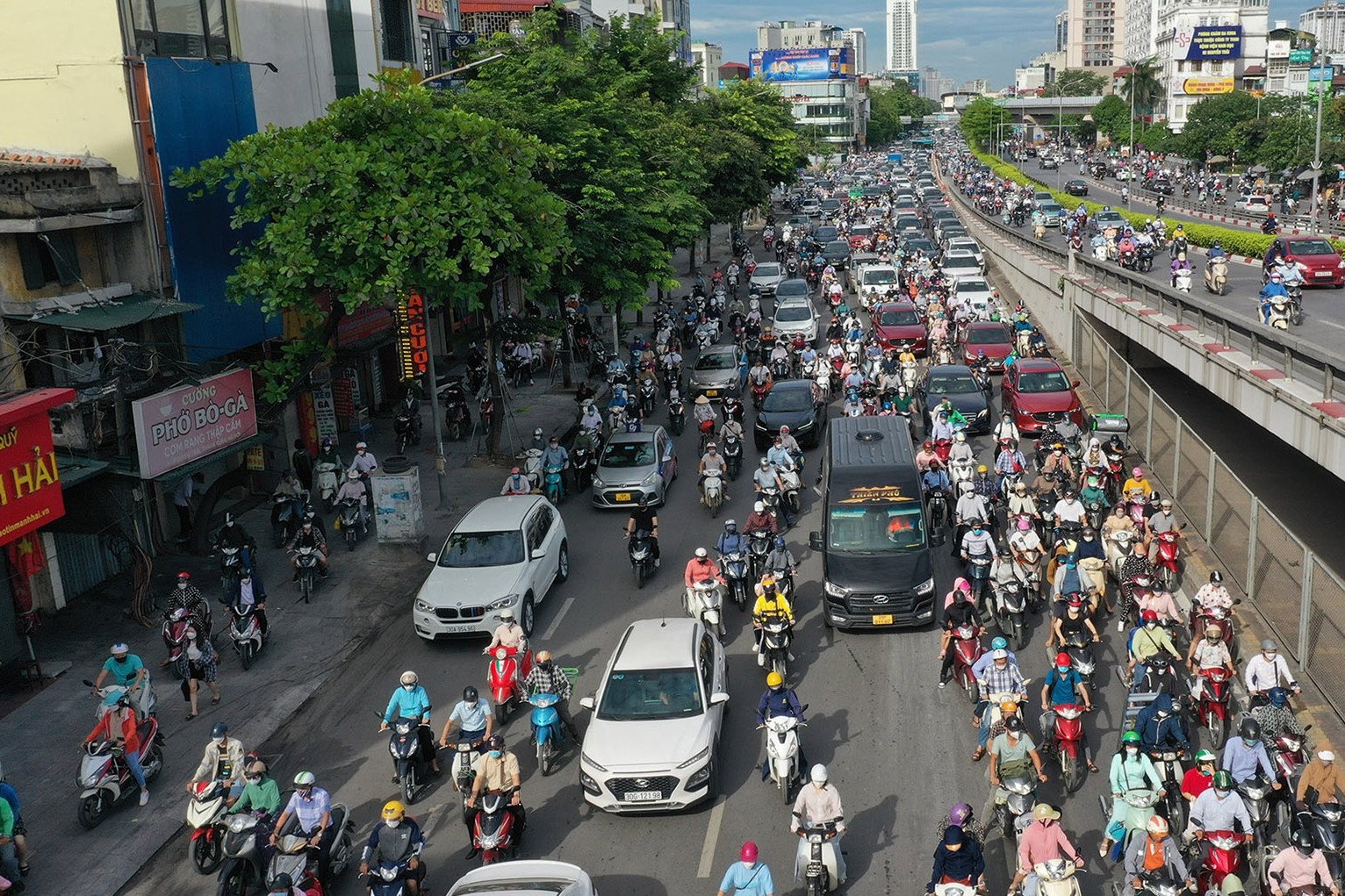
Hanoi identifies areas expected to restrict traffic
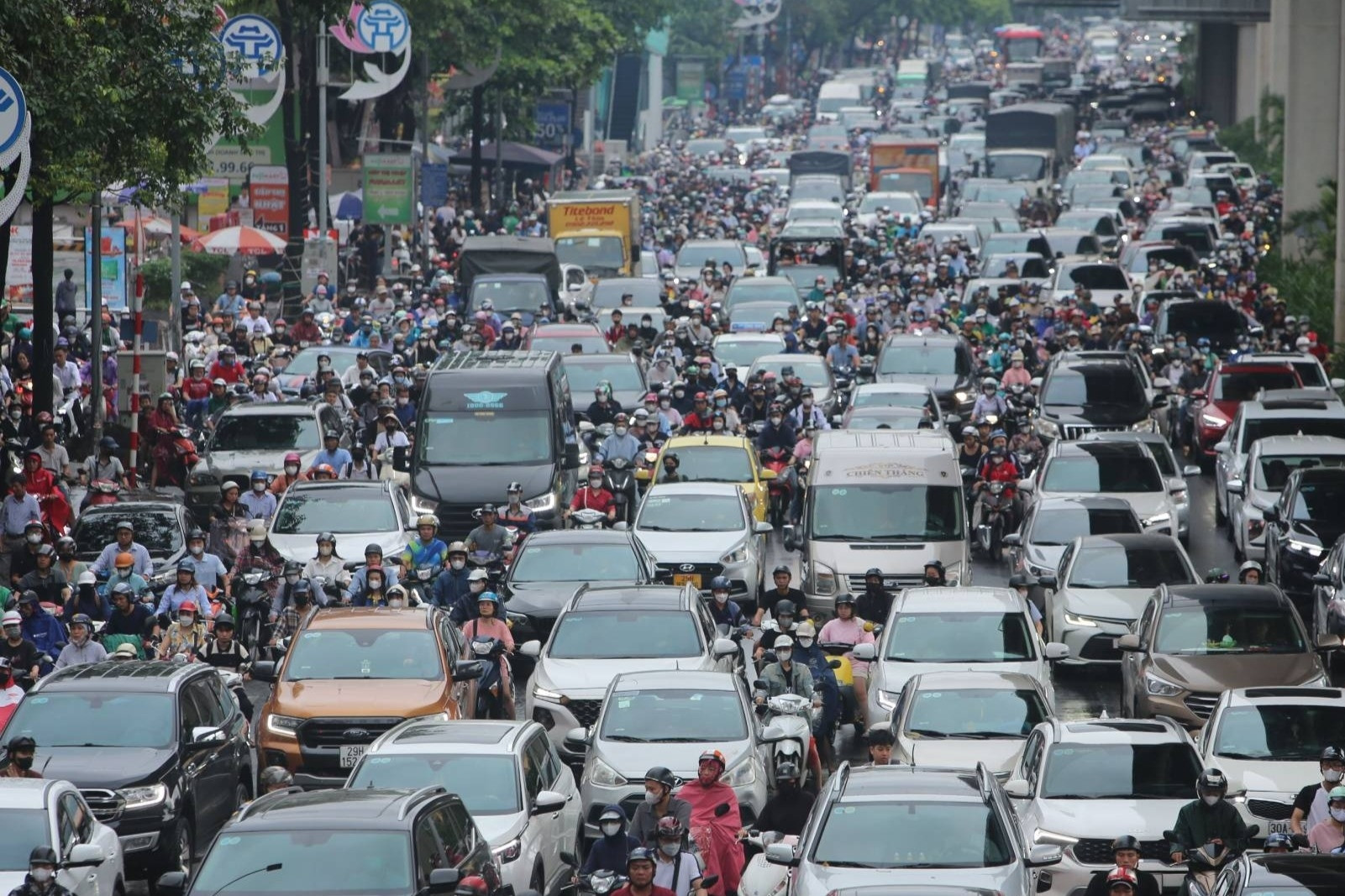
Many streets in Hanoi were flooded like 'rivers' again on Monday morning, traffic jammed for hours
Source: https://vietnamnet.vn/ha-noi-len-phuong-an-cam-xe-may-trong-noi-thanh-vao-nam-2030-2335705.html







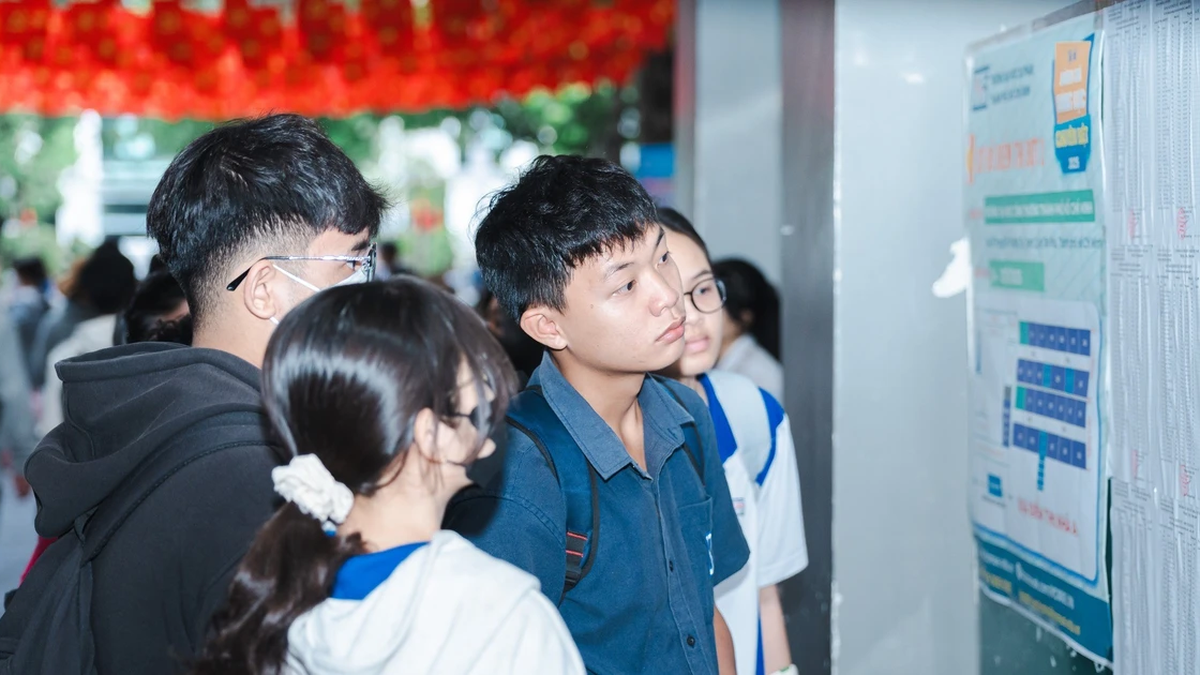
























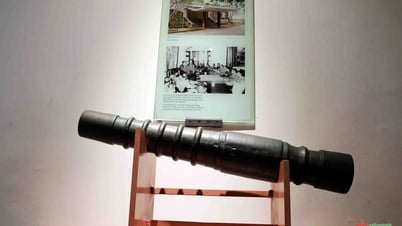



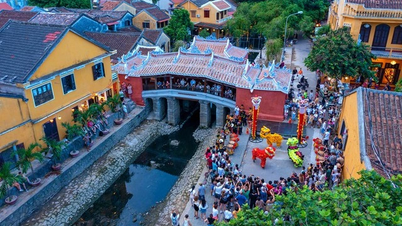

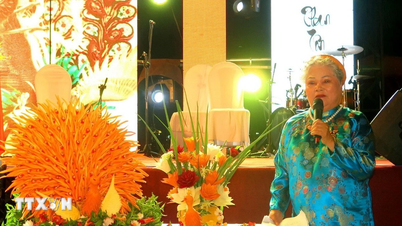





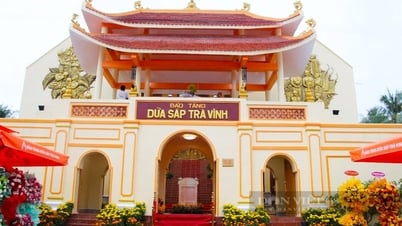









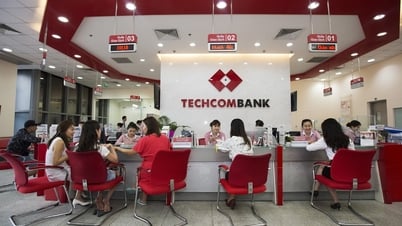




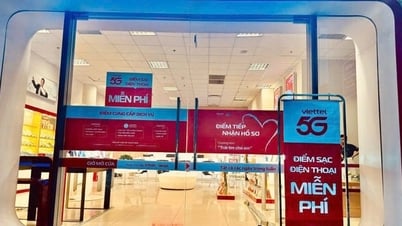

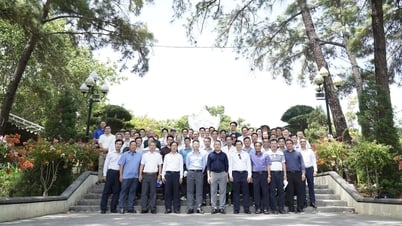

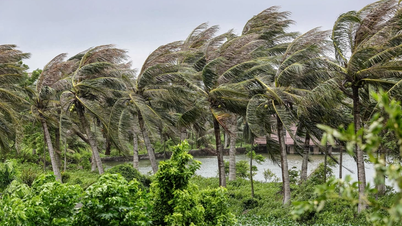

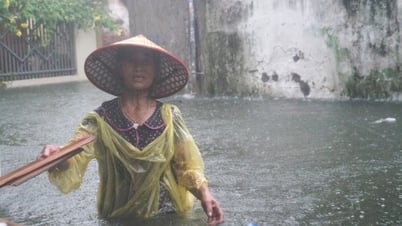
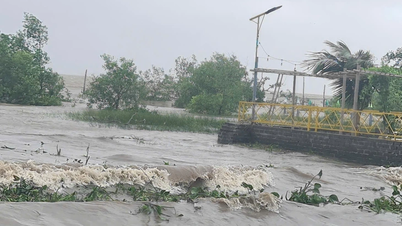

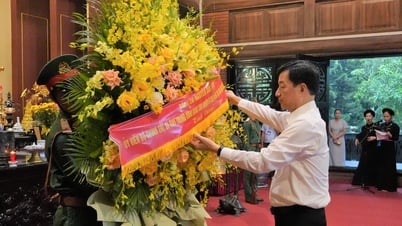

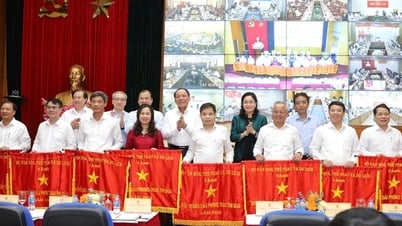


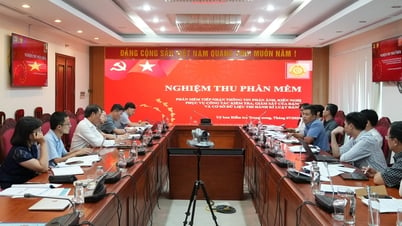



























Comment (0)